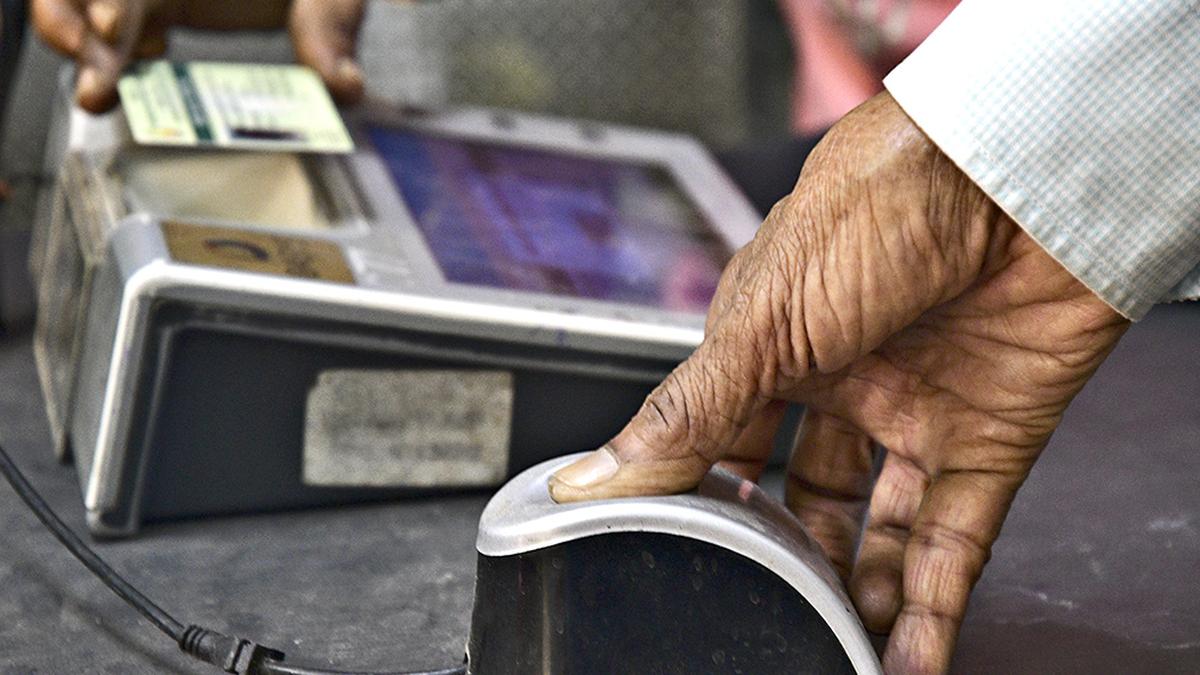



The RBI's Digital Payments Index (DPI) launched in 2021 to measure India's digital payment adoption. The latest score of 465.33 reflects rapid growth, driven by improved infrastructure and performance. Challenges include limited rural awareness, fraud, and platform incompatibility. Solutions include expanding connectivity, enhancing cybersecurity, and raising awareness.

Copyright infringement not intended
Picture Courtesy: Business standard
The Reserve Bank of India’s (RBI) released digital payments index (DPI).
The Digital Payments Index (DPI) released by the RBI is a comprehensive tool launched in January 2021 to measure the stretch of digitization of payments across India.
The base year for the index is March 2018, with a score set at 100.
The latest RBI-DPI score, as of September 2024, stands at 465.33, up from 445.5 in March 2024. This increase reflects the rapid adoption of digital payments in India.
The growth is pushed by improvements in payment infrastructure, payment performance, and the overall expansion of digital payment systems across the country.
The RBI-DPI is based on five broad parameters, each with a specific weightage:
Despite the rapid growth, challenges remain in increasing the RBI-DPI score:
Must Read Articles:
Source:
|
PRACTICE QUESTION Q.How does the JAM Trinity (Jan Dhan-Aadhaar-Mobile) promote financial inclusion in India? Evaluate its success. 150 words |



© 2025 iasgyan. All right reserved